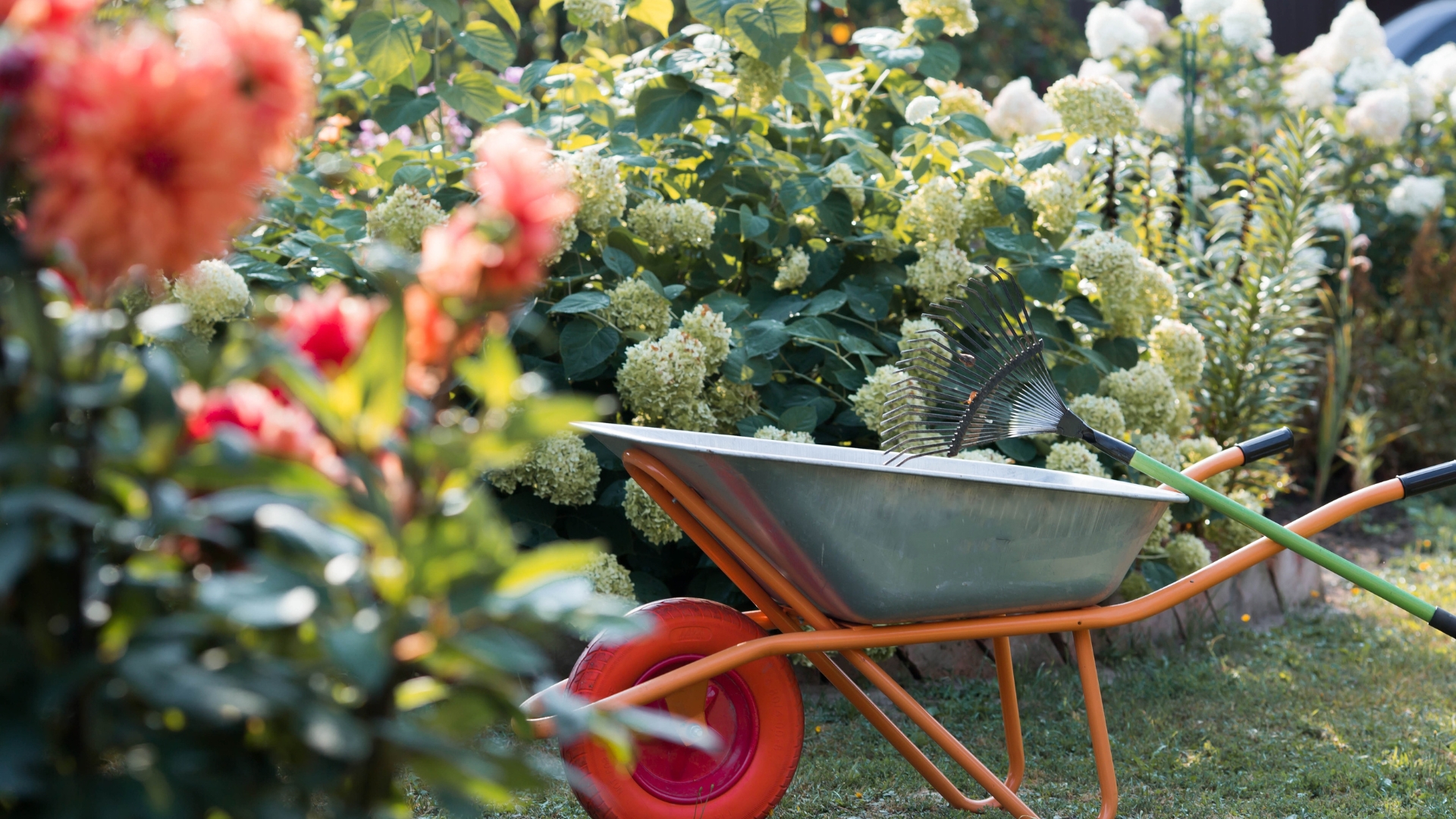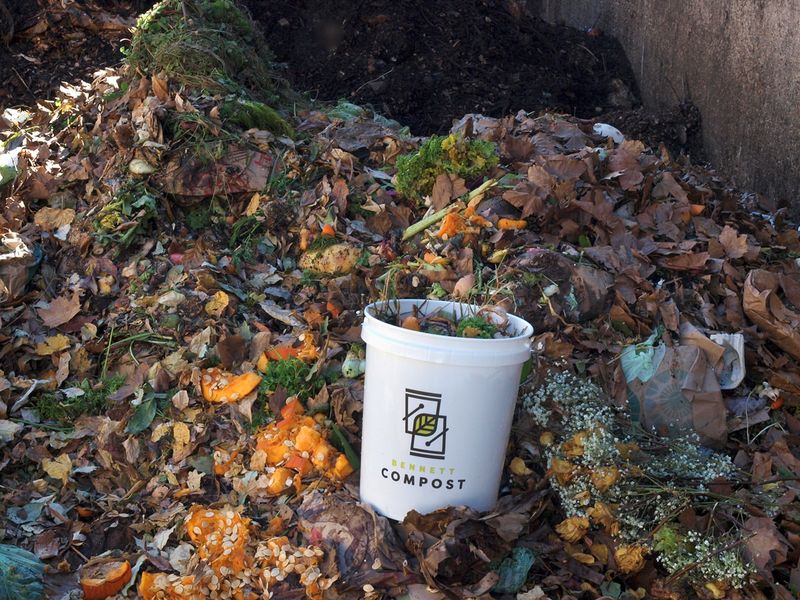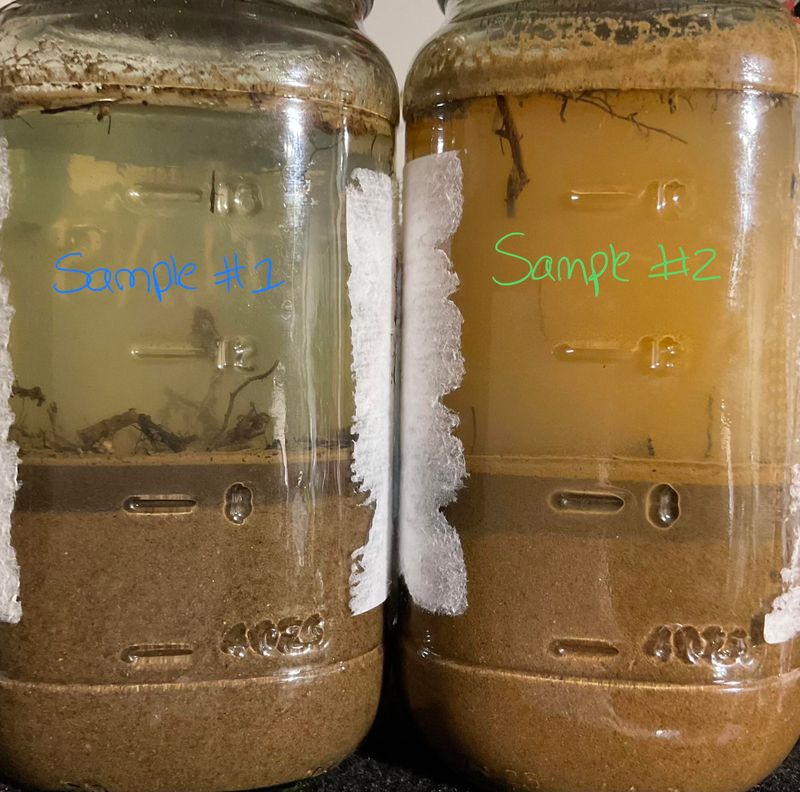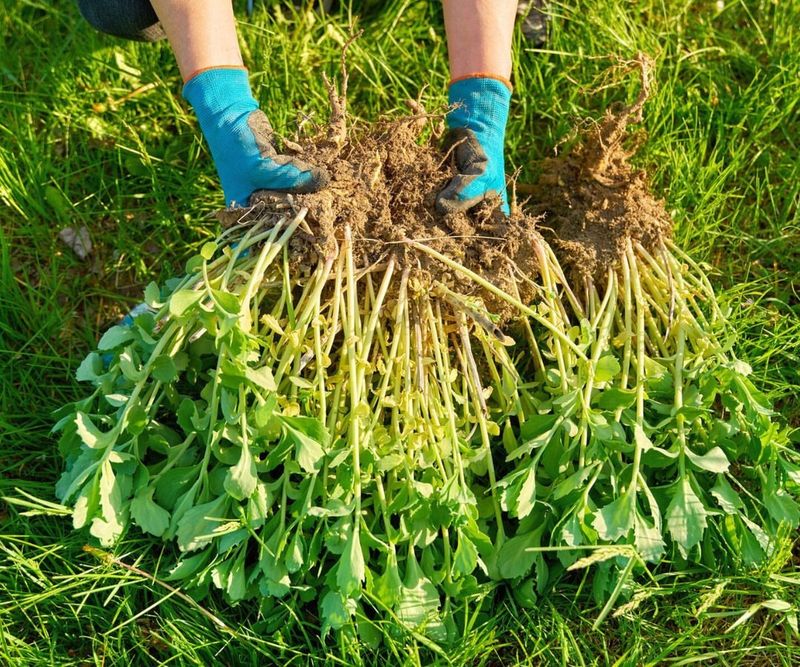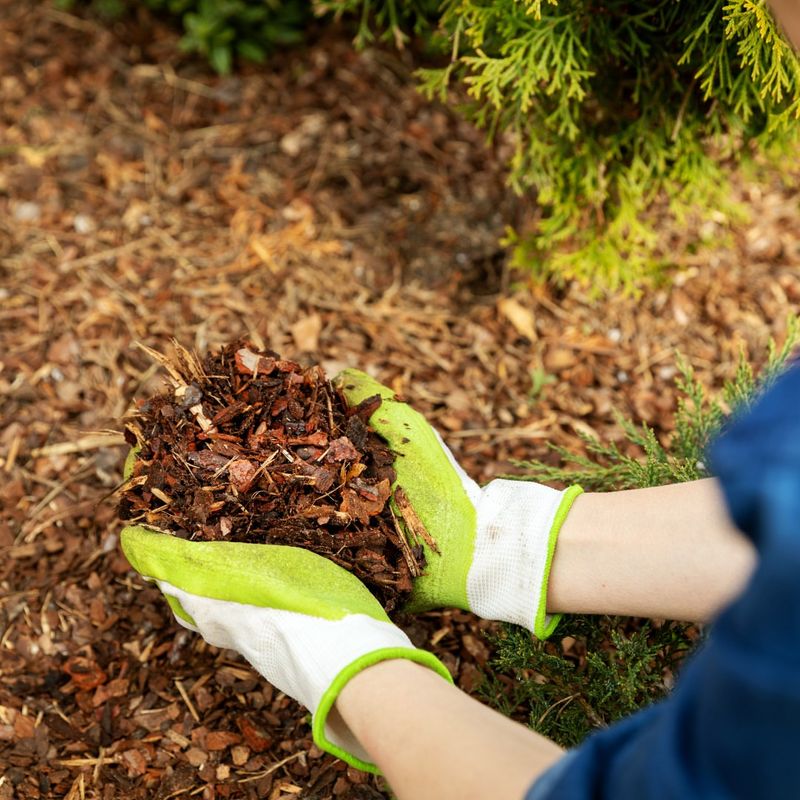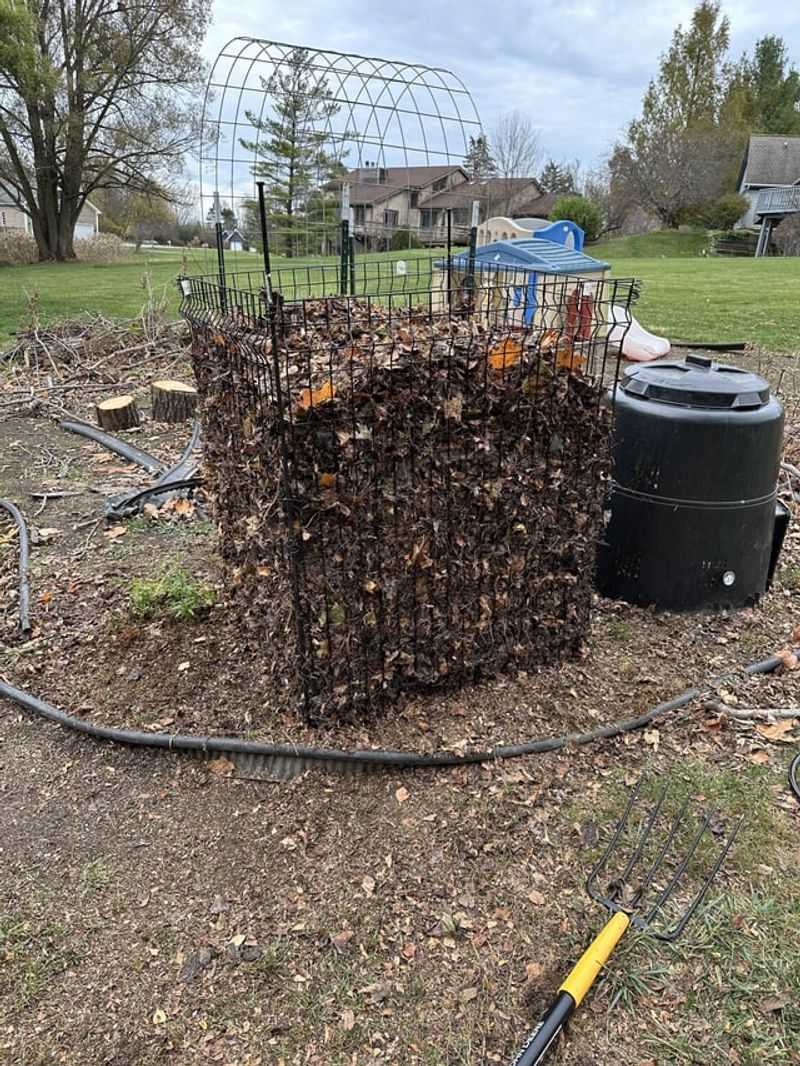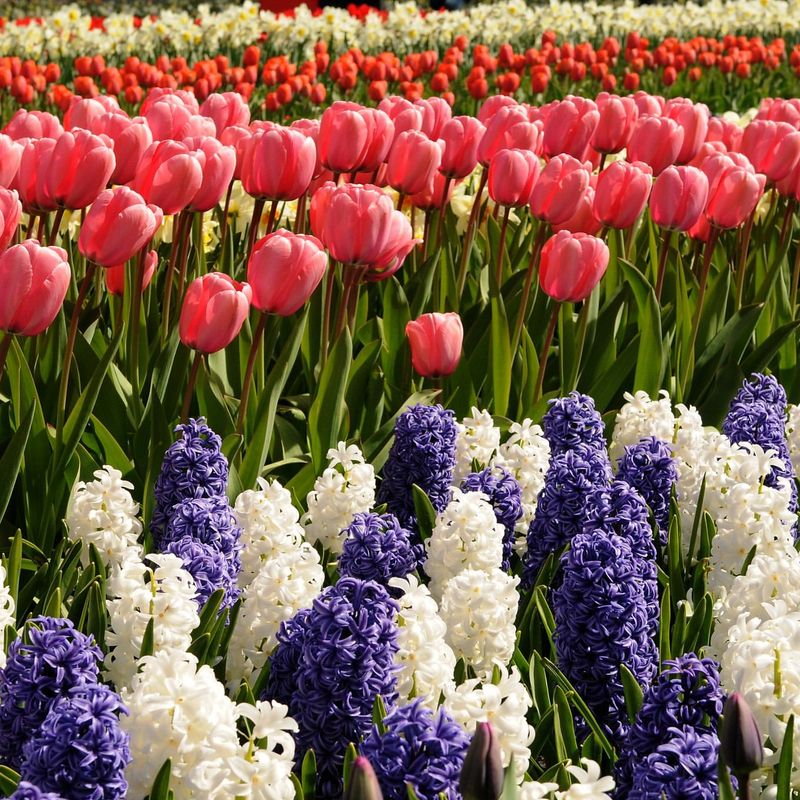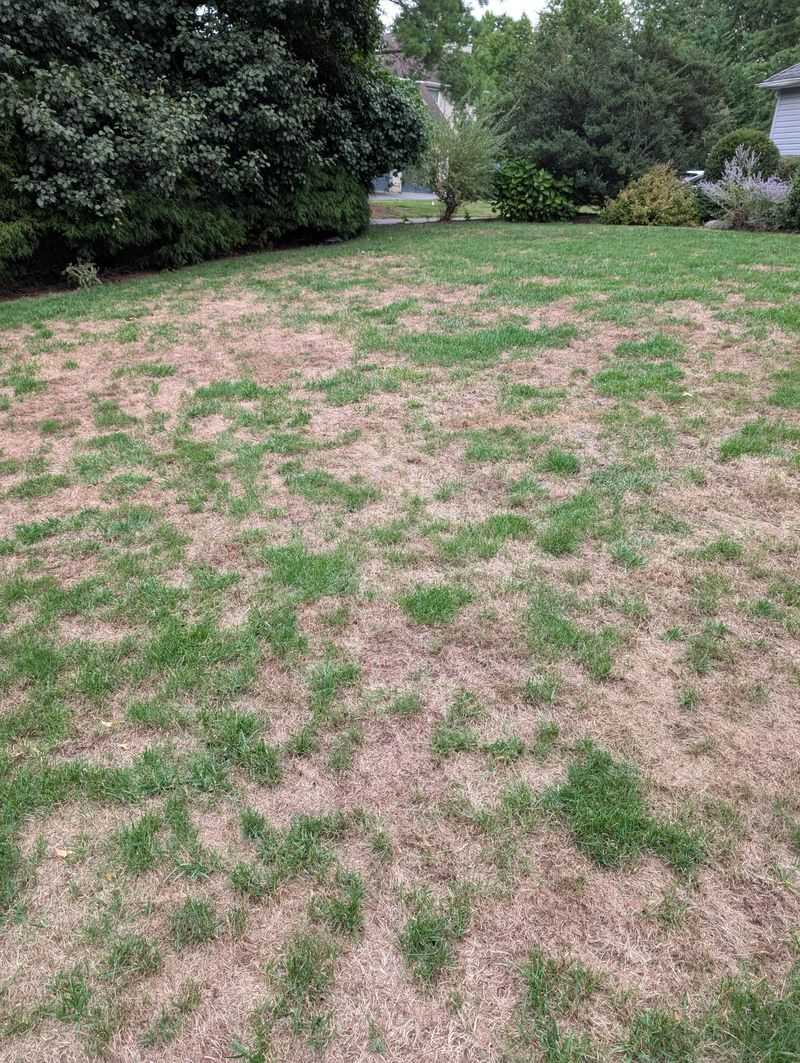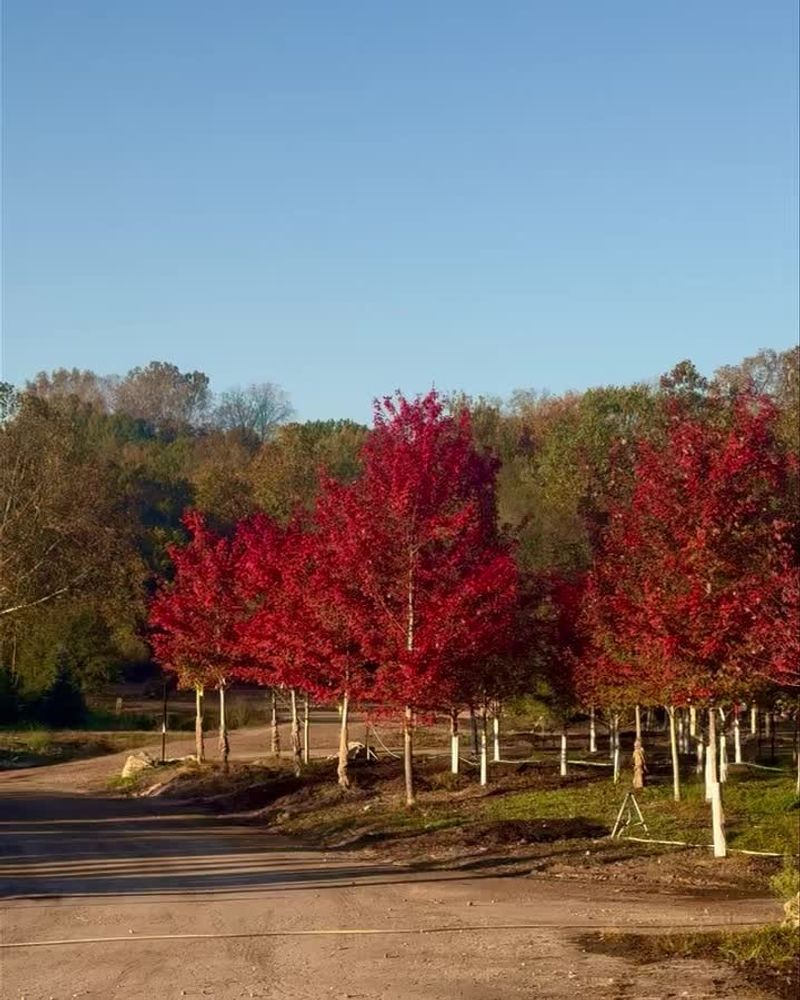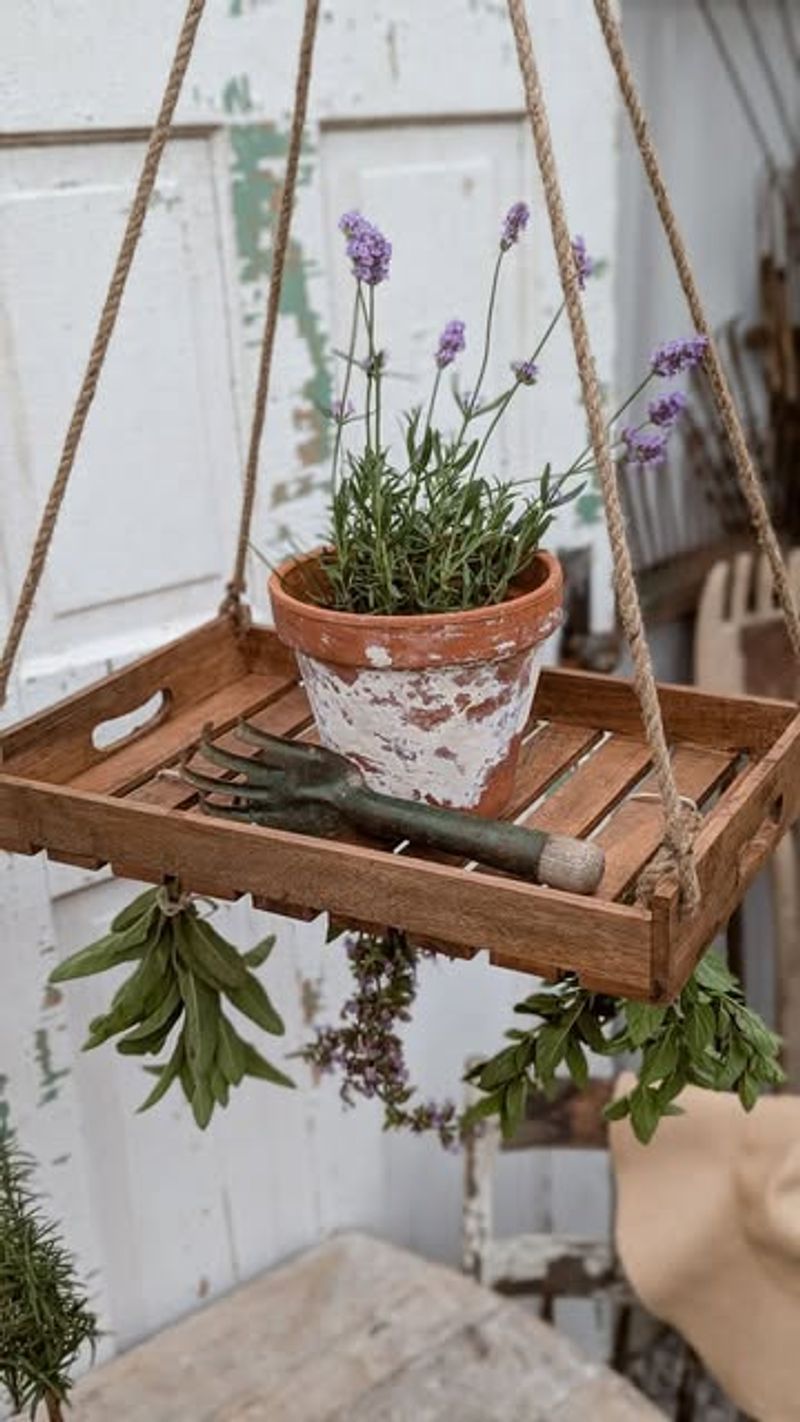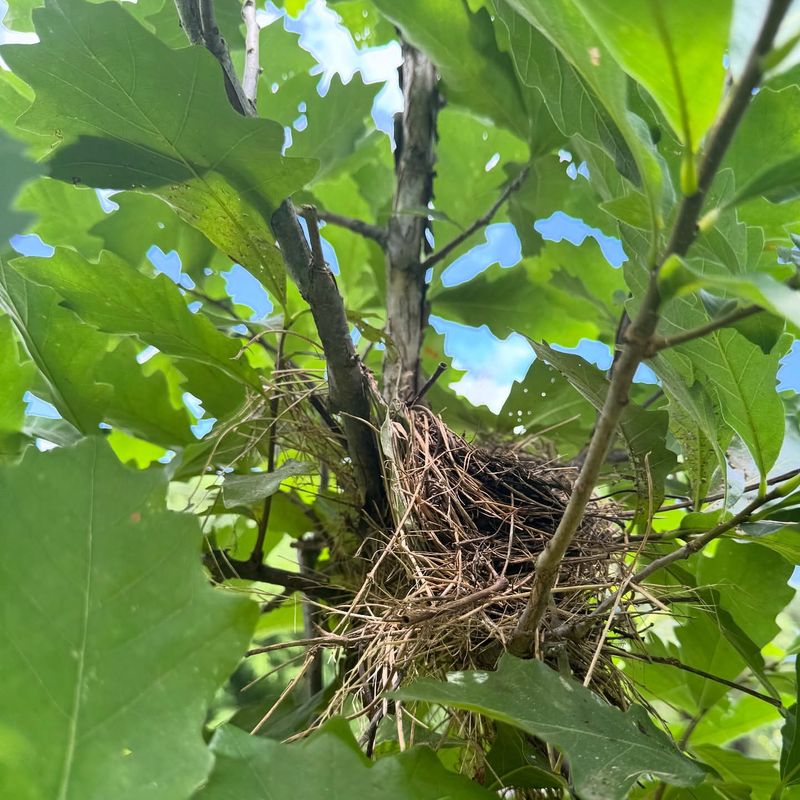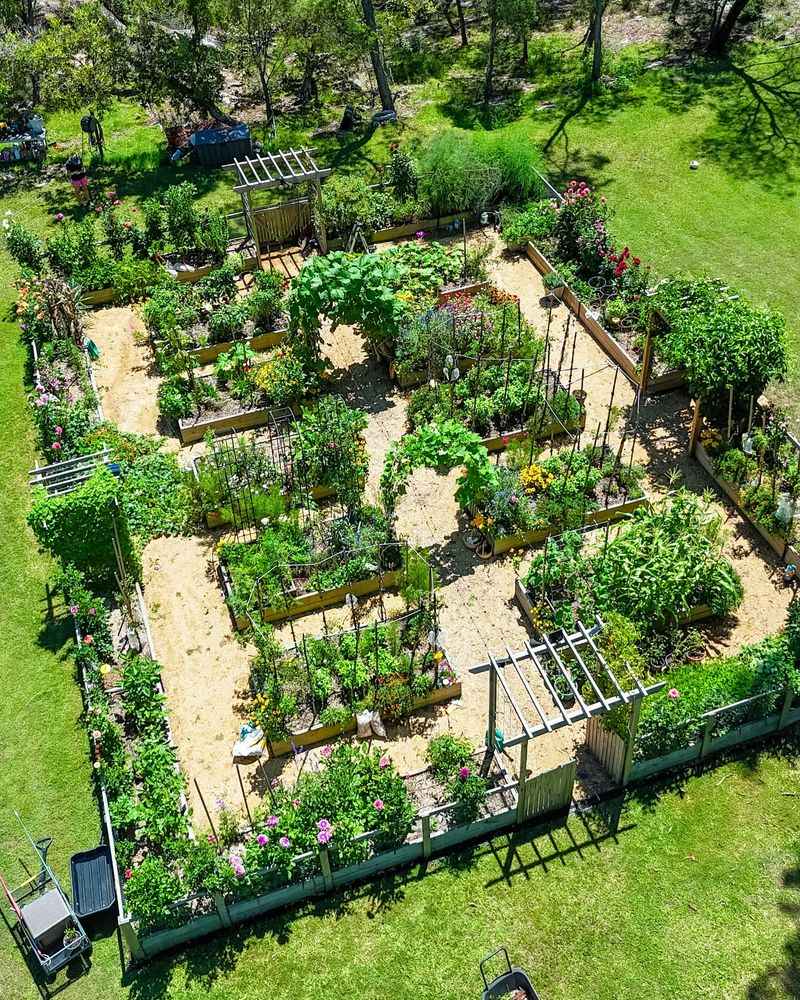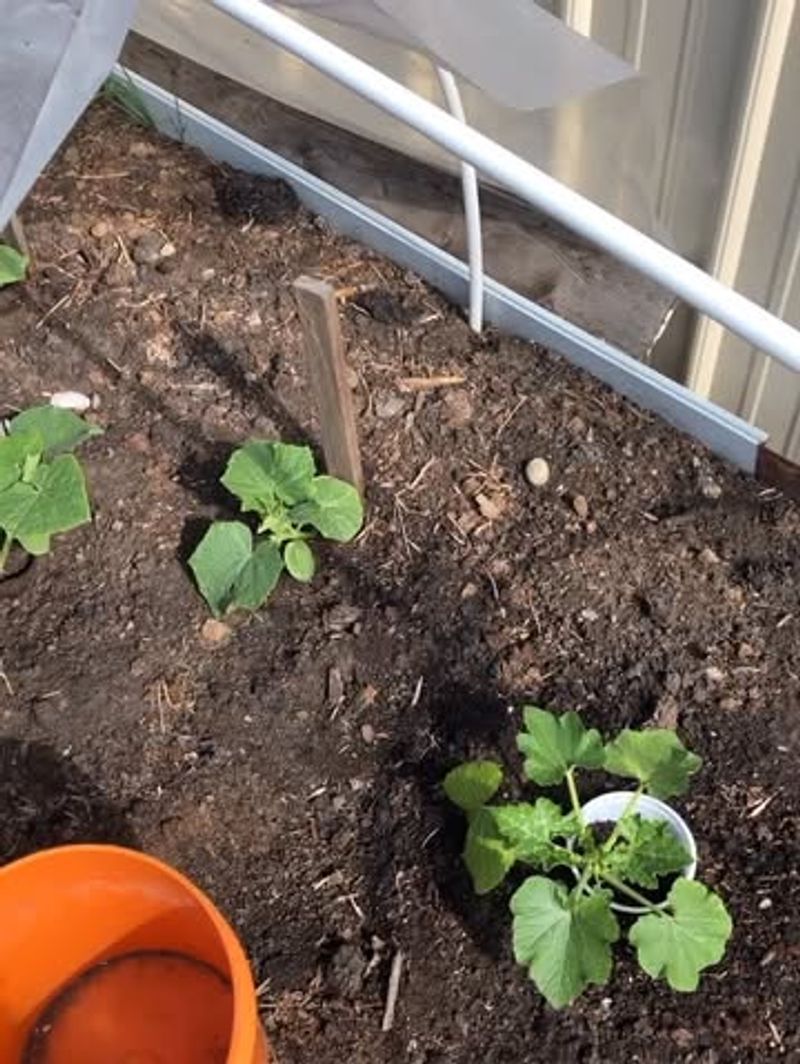Georgia gardeners, listen up—this is the week to roll up your sleeves and prep your beds for a dreamy fall harvest. I’ve been out in my own Georgia garden this very week, turning over summer-soaked soil and adding compost before the cooler weather hits.
It’s amazing how these little prep moves now can lead to big rewards in just a few weeks. Think cleanup, compost, a touch of mulch, and maybe a few cover crops—you’ll thank yourself when fall veggies start taking off.
Let’s get your garden polished, prepped, and ready to shine this autumn!
1. Clean Up Garden Debris
Garden cleanup prevents pest problems throughout Georgia’s mild fall season. Remove dead plants, fallen fruits, and withered leaves that might harbor diseases or overwintering insects.
Stack healthy plant material in your compost pile for future garden nutrition. Thorough cleaning now means fewer headaches when spring arrives in the Peach State.
2. Test Your Soil
Georgia’s diverse soil types benefit from regular testing before fall planting begins. Contact your county extension office for affordable soil test kits that reveal exactly what your garden needs.
Results typically arrive within two weeks, giving you time to amend appropriately. Many Georgia gardeners discover their soil’s pH needs adjusting before cool-season vegetables thrive.
3. Plant Cool-Season Vegetables
September marks prime vegetable planting time across Georgia gardens. Leafy greens like kale, collards, and spinach thrive in cooling temperatures and provide harvests well into winter.
Broccoli, cauliflower and Brussels sprouts appreciate Georgia’s gradual cooling trend. Don’t forget root crops like carrots, radishes, and turnips that develop sweetness after light frosts touch the Peach State.
4. Divide Perennials
Early fall offers perfect timing to divide overcrowded perennials throughout Georgia landscapes. Daylilies, hostas, and irises respond well to division now, giving them time to establish before winter.
Dig carefully around root systems and separate into smaller clumps with sharp tools. Georgia gardeners often find they can triple their perennial collection while improving plant health and blooming potential.
5. Refresh Mulch
Apply fresh mulch around trees and shrubs as Georgia’s temperatures begin to moderate. A 2-3 inch layer protects roots from temperature fluctuations while suppressing weeds that might compete for nutrients.
Pine straw remains a Georgia favorite, breaking down slowly to improve soil structure. Proper mulching also helps retain soil moisture during unpredictable autumn rainfall patterns across the state.
6. Start Composting
Fall generates abundant organic material perfect for starting or refreshing compost piles in Georgia gardens. Layer fallen leaves with green materials like grass clippings and vegetable scraps for balanced decomposition.
Keep compost moderately moist as Georgia’s humidity drops during autumn. A simple bin system allows you to create garden gold that will enrich next season’s planting beds throughout the state.
7. Plant Spring Bulbs
Georgia’s cooling soil creates perfect conditions for planting spring-flowering bulbs. Daffodils, tulips, and hyacinths should go in the ground now for spectacular spring displays.
Plant bulbs at a depth of three times their height in well-draining soil. Georgia gardeners in warmer southern regions might refrigerate tulips for 6-8 weeks before planting to ensure proper winter chilling.
8. Prepare Lawn Areas
September brings ideal conditions for establishing cool-season lawns across north Georgia. Overseed existing lawns or start new areas with fescue varieties that thrive during cooler months.
Aerate compacted soil before seeding to improve germination rates. Georgia’s autumn rainfall patterns typically provide natural irrigation, helping new grass establish strong root systems before winter arrives.
9. Plant Trees and Shrubs
Fall’s cooler temperatures and reliable rainfall make it the best season for planting woody plants throughout Georgia. Trees and shrubs planted now develop strong root systems while experiencing less transplant shock.
Choose native species adapted to Georgia’s climate zones for best results. Popular choices include oakleaf hydrangea, Georgia native azaleas, and serviceberry, which provide multi-season interest in Peach State landscapes.
10. Bring Houseplants Inside
Tropical plants enjoying Georgia’s summer patio need indoor transitions before temperatures drop below 55°F. Inspect carefully for pests and treat as needed before bringing plants indoors.
Gradually acclimate plants to reduced light conditions to prevent shock. Many Georgia gardeners create special indoor growing areas with supplemental lighting to keep tropical favorites thriving through the state’s winter months.
11. Prepare Irrigation Systems
Georgia’s unpredictable fall weather means irrigation systems need attention before winter arrives. Drain and blow out sprinkler lines to prevent freezing damage in northern parts of the state.
Check for leaks and make necessary repairs while the weather remains mild. Smart Georgia gardeners install rain barrels now to capture autumn precipitation for use during dry spells that often occur throughout the state.
12. Harvest Herbs for Drying
Georgia herb gardens reach peak flavor just before flowering ends. Harvest herbs mid-morning after dew evaporates but before the day’s heat dissipates essential oils.
Bundle stems with twine and hang upside down in a warm, dry location with good air circulation. Many Georgia gardeners create dried herb collections that capture summer flavors for enjoying throughout the state’s mild winter months.
13. Create Wildlife Habitats
Fall migration brings opportunities to support Georgia’s diverse wildlife. Install bird feeders and baths to assist migrating species passing through the state on their southern journeys.
Leave some seed heads and berries unharvested for natural food sources. Georgia gardens supporting wildlife contribute to ecological health while providing delightful nature viewing opportunities throughout the cooler months.
14. Plan Next Year’s Garden
While working in your autumn garden, note what thrived and what struggled in Georgia’s climate. Sketch next year’s layout considering crop rotation principles to minimize pest and disease issues.
Browse seed catalogs that arrive during fall months for inspiration. Many experienced Georgia gardeners maintain garden journals documenting seasonal successes and challenges specific to their region within the diverse Peach State.
15. Protect Tender Plants
Georgia’s first frost dates vary widely from north to south. Prepare protective coverings for tender plants you hope to overwinter in the garden, especially in northern regions of the state.
Gather materials like frost cloth, old sheets, and plant cages for quick deployment. Smart Georgia gardeners keep track of weather forecasts during fall’s transition period, ready to shield vulnerable plants from unexpected cold snaps.

